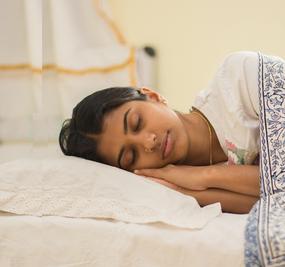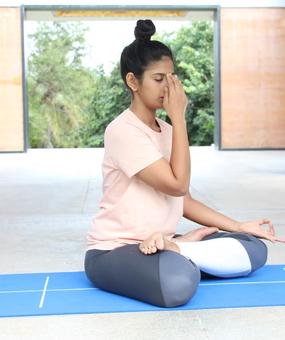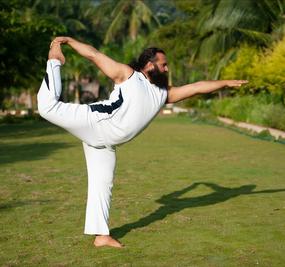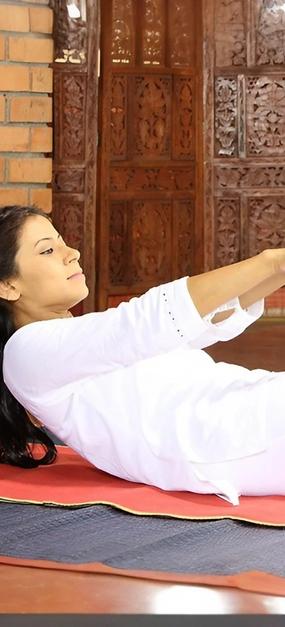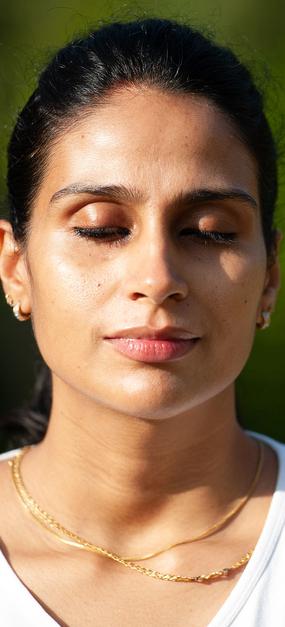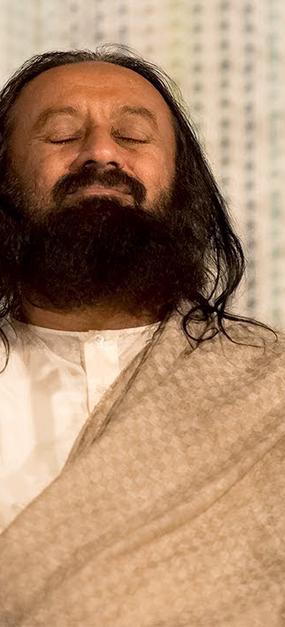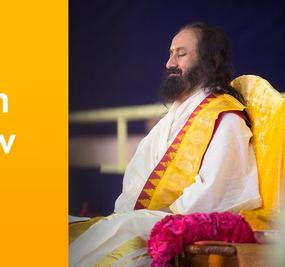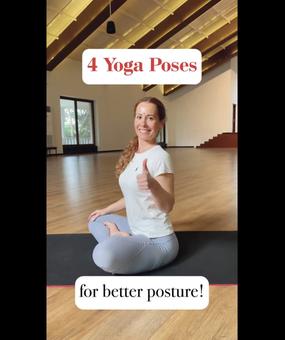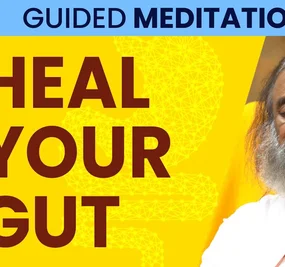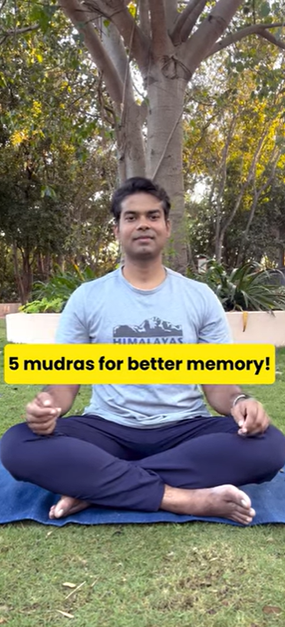Introduction
Welcome to our comprehensive guide on bedtime yoga and relaxing poses for better sleep. In this article, we will explore the wonderful world of yoga and how it can contribute to improving the quality of your sleep. Whether you are a yoga enthusiast or a beginner, incorporating bedtime yoga into your nightly routine can have significant benefits for your overall well-being.
Benefits of Bedtime Yoga
Bedtime yoga offers a wide range of benefits, both physically and mentally. It helps to relax your body, release tension, and calm the mind, preparing you for a restful sleep. Here are some of the key benefits:
- Improved Sleep Quality: Practising bedtime yoga helps regulate your body’s internal clock and promotes better sleep quality, allowing you to wake up feeling refreshed and rejuvenated.
- Stress Relief: Yoga poses combined with deep breathing exercises help to reduce stress and anxiety, enabling you to unwind and let go of the day’s worries before bedtime.
- Enhanced Flexibility: Regular practice of bedtime yoga poses can improve your flexibility and increase joint mobility, reducing the risk of muscle stiffness or discomfort during sleep.
- Muscle Relaxation: Certain yoga poses target specific muscle groups, releasing tension and promoting deep relaxation, which can alleviate muscle soreness and promote a more comfortable sleep.
- Improved Mindfulness: Bedtime yoga encourages mindfulness and presence, helping you cultivate a sense of inner peace and tranquillity before sleep.
The Best Bedtime Yoga Poses for Better Sleep
Now, let’s dive into some of the most effective bedtime yoga poses that can help you achieve a more restful and rejuvenating sleep. Remember to listen to your body and modify the poses according to your comfort level.
1. Child’s Pose (Balasana)
A Child’s Pose is a gentle and relaxing pose that stretches the back, hips, and thighs, promoting a sense of calmness and deep relaxation. To practise this pose:
- Start by kneeling on the floor with your knees hip-width apart.
- Sit back on your heels and lower your torso down, extending your arms in front of you.
- Rest your forehead on the mat or a pillow, and allow your whole body to relax.
- Take slow, deep breaths and hold the pose for 1-2 minutes.
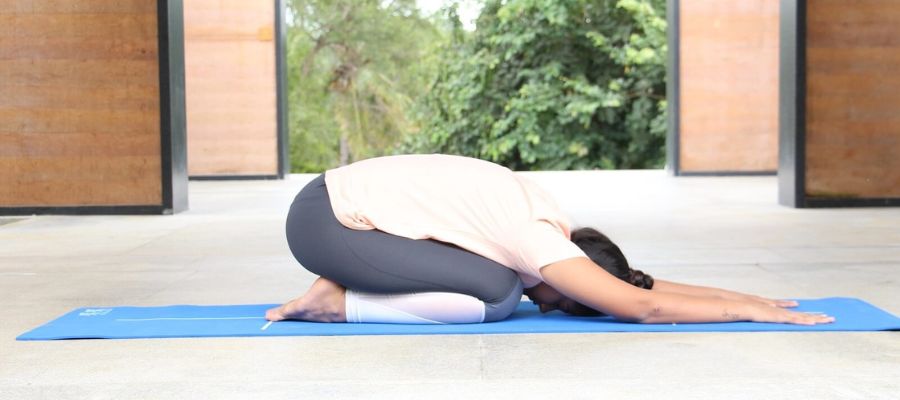
2. Legs-Up-the-Wall Pose (Viparita Karani)
Legs-Up-the-Wall Pose is a restorative inversion that helps improve circulation, relieve tired legs, and calm the nervous system. Here’s how to do it:
- Find a wall and sit sideways against it, with your hip touching the wall.
- Gently lie down on your back and extend your legs up along the wall.
- Allow your arms to rest by your sides, palms facing up.
- Close your eyes, relax your body, and focus on your breath.
- Stay in this pose for 5-10 minutes, allowing the benefits to sink in.
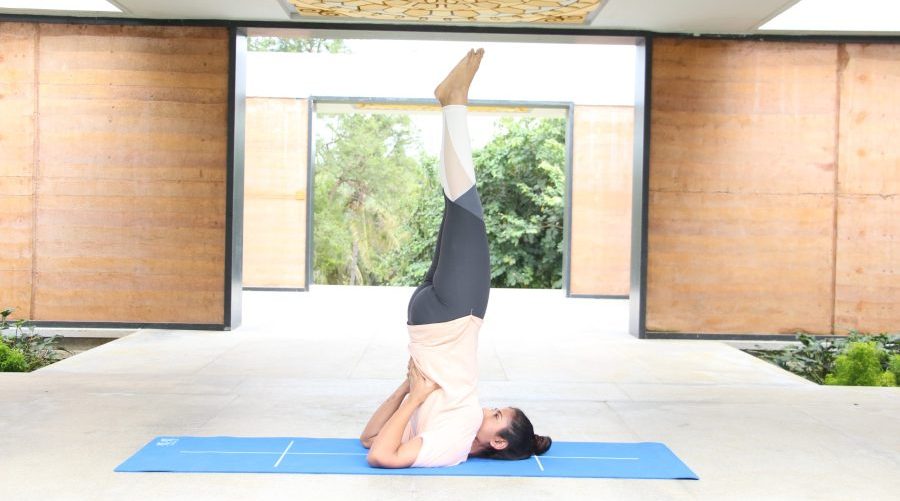
3. Standing Forward Bend (Uttanasana)
Standing Forward Bend is a soothing pose that helps release tension from the back, hamstrings, and neck. Follow these steps to perform the pose:
- Stand with your feet hip-width apart and arms alongside your body.
- Exhale and slowly fold forward from your hips, keeping your knees slightly bent if needed.
- Let your head and neck relax, allowing gravity to pull you deeper into the stretch.
- If possible, place your hands on the floor or hold onto your elbows.
- Breathe deeply and hold the pose for 1-2 minutes.
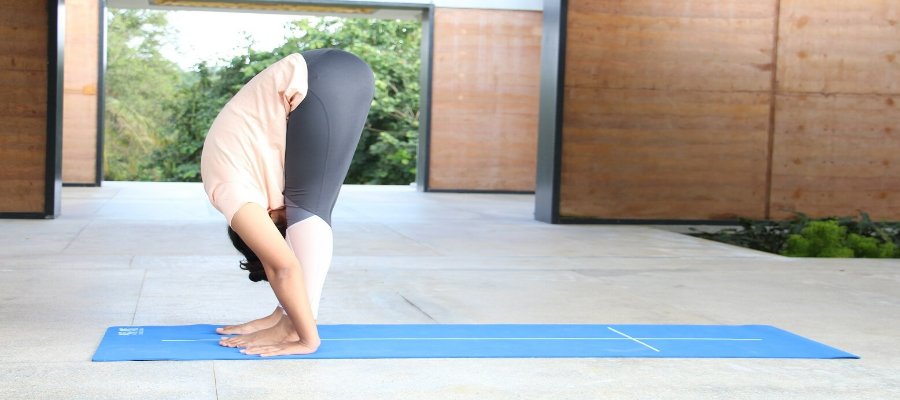
4. Supine Spinal Twist (Supta Matsyendrasana)
The Supine Spinal Twist is a gentle twist that releases tension in the spine and stretches the lower back. Here’s how to do it:
- Lie down on your back with your arms extended out to the sides, forming a T shape.
- Bend your knees and bring them towards your chest.
- Slowly lower your knees to the right side, allowing them to rest on the floor.
- Turn your head to the left and gaze towards your left hand.
- Take deep breaths and hold the pose for 1-2 minutes.
- Repeat the twist on the opposite side.
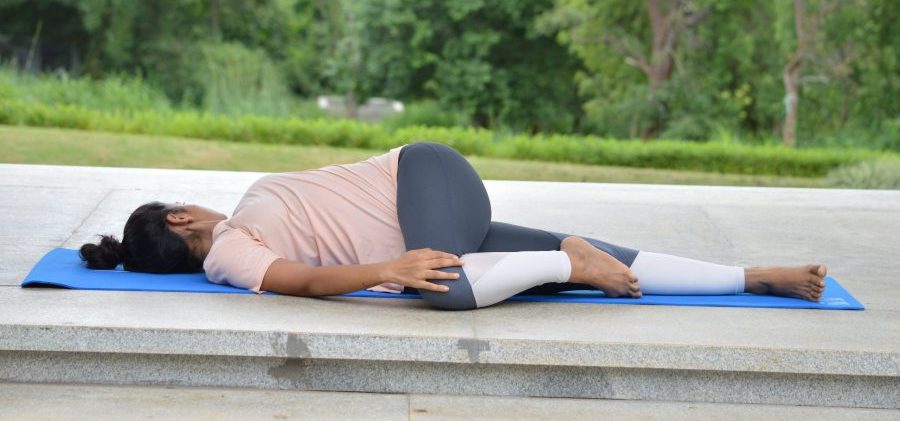
5. Corpse Pose (Savasana)
Corpse Pose is the final relaxation pose in yoga, which allows your body to integrate the benefits of the practice and prepares you for sleep. Follow these steps to practise Savasana:
- Lie down on your back and extend your legs comfortably apart.
- Rest your arms alongside your body, palms facing up.
- Close your eyes and focus on relaxing each part of your body, starting from your toes and moving up to your head.
- Let go of any tension or thoughts, and surrender to the present moment.
- Remain in Savasana for 10-15 minutes, breathing deeply and effortlessly.
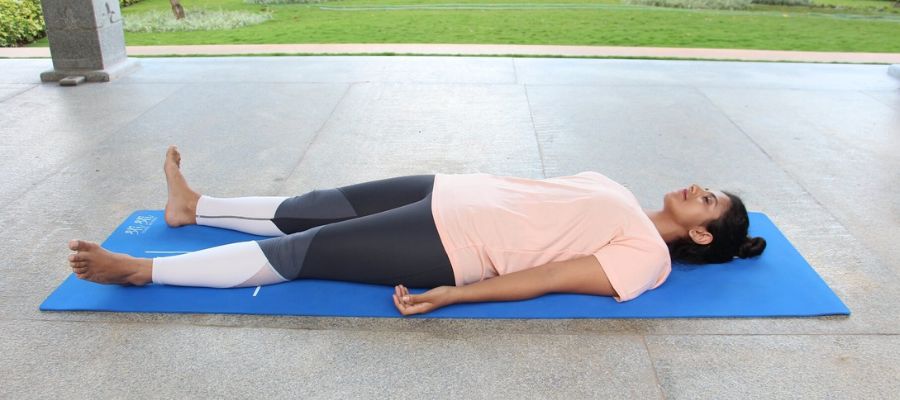
Conclusion
Incorporating bedtime yoga into your nightly routine can be a game-changer for achieving a better night’s sleep. By practising the relaxing poses we’ve discussed in this article, you can create a peaceful and calming ritual before bed, allowing your body and mind to unwind and prepare for a restful sleep. So roll out your mat, embrace the soothing power of bedtime yoga, and sleep soundly like never before!
Know more about Meditation for Sleep
Explore the Best directions to Sleep




